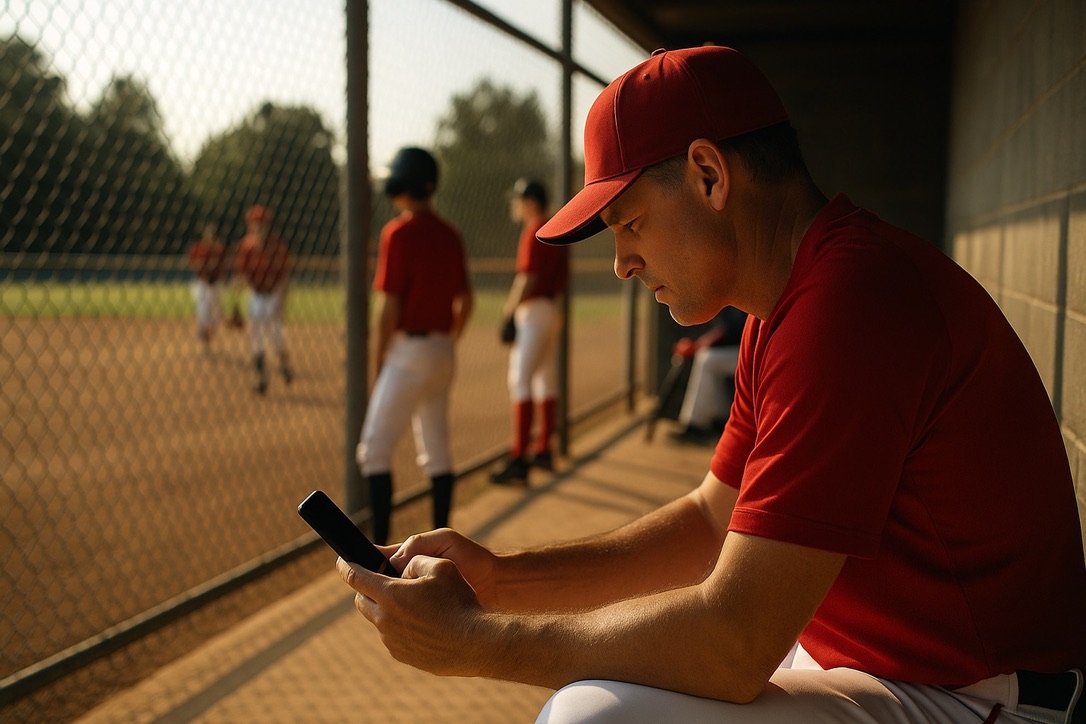In youth travel baseball, time is precious. Coaches often juggle full-time jobs, multiple teams, and families, leaving limited hours for practice. That’s why every minute on the field must be maximized with drills and routines that build skill, reinforce fundamentals, and simulate game situations.
Start with high-rep warmups. Use dynamic stretching routines to get players loose while integrating athletic movements—karaoke steps, high knees, and lateral shuffles. Follow that with throwing progression that includes four-seam grip, crow hop, and long toss, always emphasizing proper mechanics.
Fielding circuits should come early. Divide players into small groups and rotate stations: short hops, glove flips, double-play feeds, and barehand work. Keep reps high and feedback quick. Incorporate bucket drills where coaches rapid-fire ground balls to work on reaction time and positioning.
For hitting, station-based BP works best. Combine tee work, soft toss, front toss, and live pitching. Mix in situational hitting like two-strike counts or opposite field approaches. Use short rounds to keep energy up and give multiple looks.
Use competition to maintain intensity. Turn basic drills into games: first team to 10 clean grounders wins; base-running relays for time; 3-pitch challenges in the cage. Kids thrive in competitive environments that mimic game-day pressure.
Simulate live situations whenever possible. End practice with intrasquad scrimmages or situational reps: runner on second, no outs; infield in; two outs, full count. These scenarios teach game IQ while building chemistry.
Time management is key. Start and end on time. Post practice plans in advance and stick to a rhythm so players and parents know what to expect.
Finally, evaluate each practice. What worked? What didn’t? Adjust and improve weekly. A great practice isn’t about how much you do—it’s about how well you do it. Focused, fun, and fast-paced sessions leave the biggest impact.

